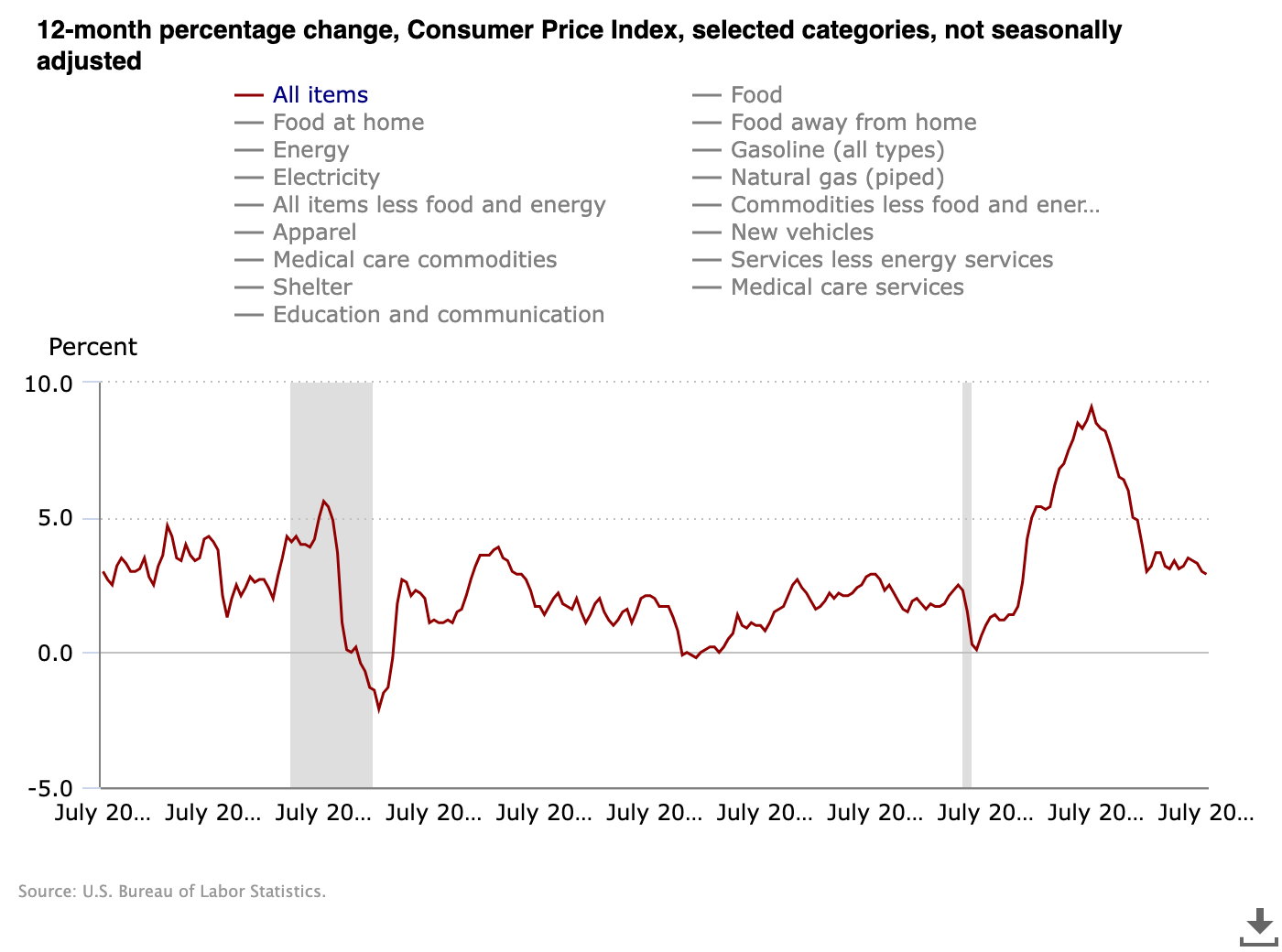Rhodium Enterprises, the crypto miner that went bankrupt last week, just got court approval to borrow money in either U.S. dollars or Bitcoin.
The company’s Chapter 11 financing plan lets them take out a loan in their choice of currency, setting them apart from the usual cases where only cash is involved.
The offer on the table comes from Galaxy Digital, the blockchain firm run by Mike Novogratz. They’ve proposed lending Rhodium either $30 million in cash or 500 Bitcoin. The choice is a tough one, though.
The cash loan carries a massive 14.5% interest rate, while the Bitcoin loan comes with a lower 9.5% rate. But the catch is that Bitcoin’s price is all over the place all the time, so it could be a risky option.
If Rhodium picks the Bitcoin loan, they could still repay it in dollars, using the exchange rate at the time of payment, according to the court documents
Other companies, like Bittrex, have tried to use Bitcoin for winding down operations in the past, but it’s still not a common practice.
Rhodium’s troubles began when their relationship with their landlord and power supplier, Whinstone US, Inc., fell apart. According to David Dunn, the miner’s co-chief restructuring officer, this fallout was a major factor in their financial collapse.
Whinstone, by the way, is now owned by Riot Platforms, one of Rhodium’s competitors. Despite these issues, Bitcoin mining in Texas, where Rhodium operates, has been booming.
This month alone, mining activity jumped 30%. This spike is linked to a huge drop in electricity prices—down nearly 80% from last year.
Miners in Texas consume about 2.3 million megawatt-hours (MWh) of power right now, compared to 1.75 million MWh in the same month the previous year. That’s a 31% increase in energy usage.
The drop in electricity costs in Texas, from around $190 per megawatt-hour in August 2023 to just $40 per MWh this year, has made Bitcoin mining a lot more affordable.
Bitcoin’s price is currently around $58,149, down 4.57% in the last 24 hours. Still, with lower electricity costs, miners can continue to operate profitably despite these price fluctuations.
Not all miners are thriving, though. Some are still feeling the pinch. For example, Wall Street-based Bitcoin miner IREN reported a loss of $29 million for the fiscal year ending June 30.
While that’s still a big loss, it’s actually an improvement—six times better than their losses from the previous year. The company also saw a 145% jump in revenues and a 30% increase in the amount of Bitcoin they mined over the same period.





